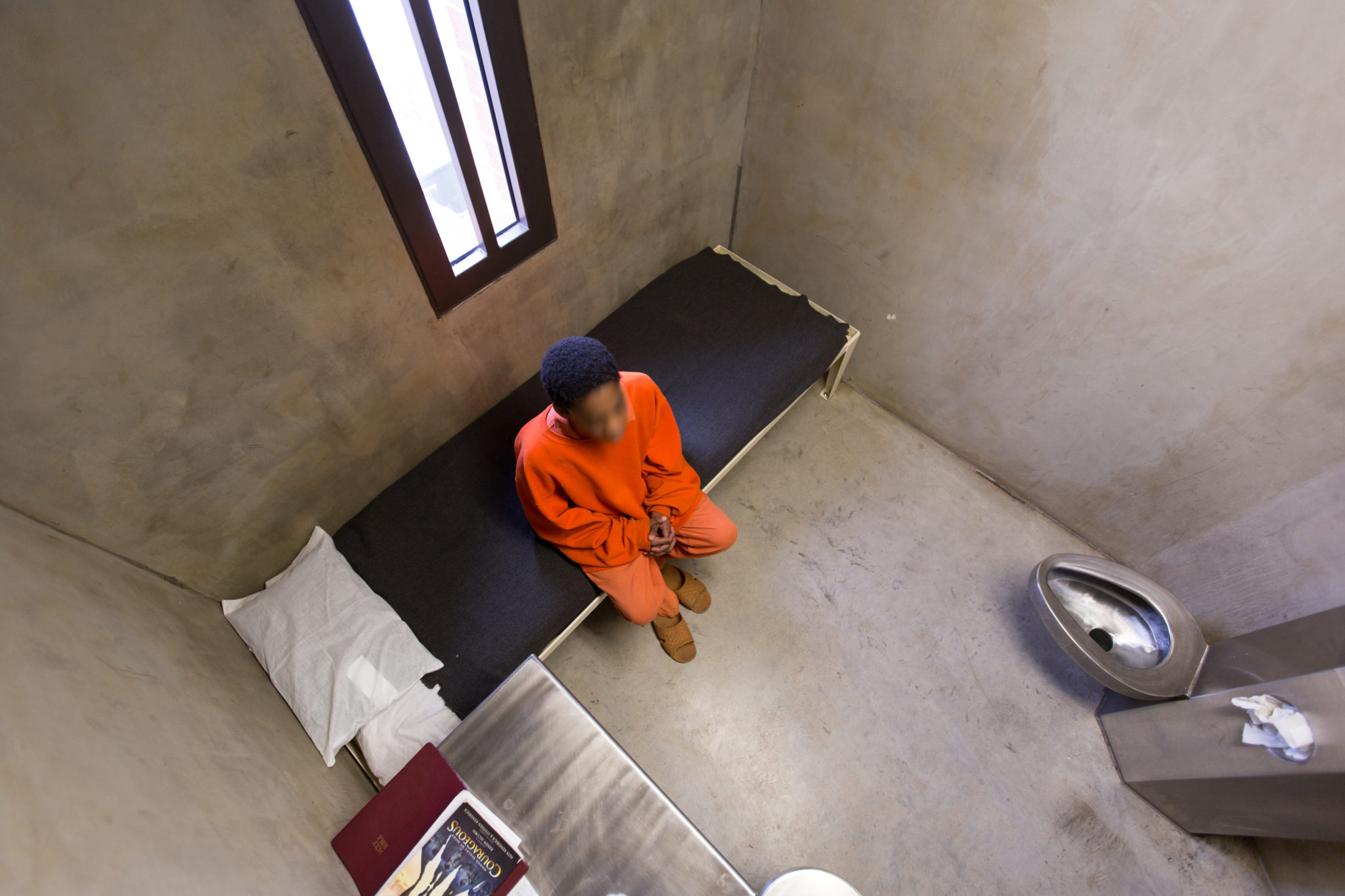PRISONS AND JAILS AS THE NEW ASYLUMS
With more and more people with mental illness being held behind bars, prisons and jails have become the new asylums … but that doesn’t mean inmates are getting mental health treatment. In-facility treatment is neither commonplace nor effective.
Institutional responses to mentally ill prisoners are sometimes grossly inappropriate and harmful. They do little to prepare prisoners for release and do not promote public safety.
Many prisons and jails restrict people with disabilities to harmful and inhumane solitary confinement. Solitary very often makes the prisoner’s disability worse.
JUVENILE JUSTICE
Juvenile justice facilities do more harm than good and do not enhance public protection. Not only are detained youth denied their freedom, but they lose opportunities to grow up, to socialize, to learn from role models, and to be educated with their peers. And far too often, too many youth are needlessly confined because of the lack of community-based services.
Juvenile justice facilities disproportionally hold children with disabilities. Virtually all these children could be in less restrictive more therapeutic settings, at home or closer to home with supports.
Even one day of detention predicts further incarceration for youth. There is little learning, guidance and direction in this environment. Juvenile facilities, like adult jails and prisons, routinely subject youth to harsh conditions, including solitary confinement. For youth with mental illness, even very brief periods of solitary often make the disability worse.
